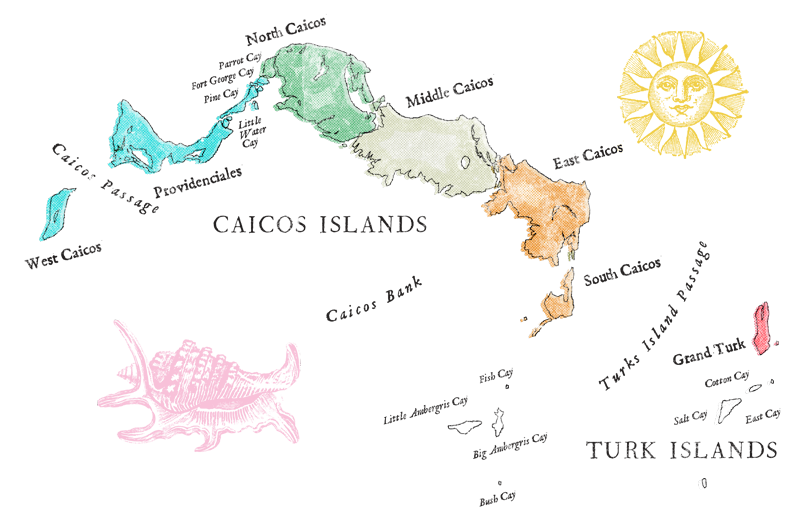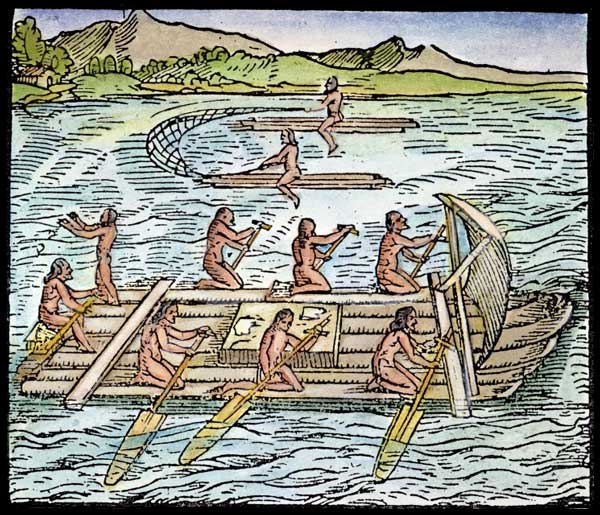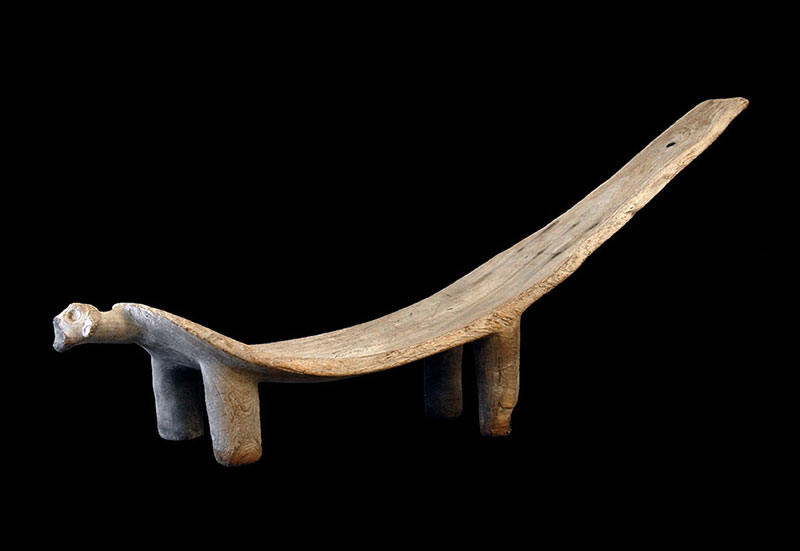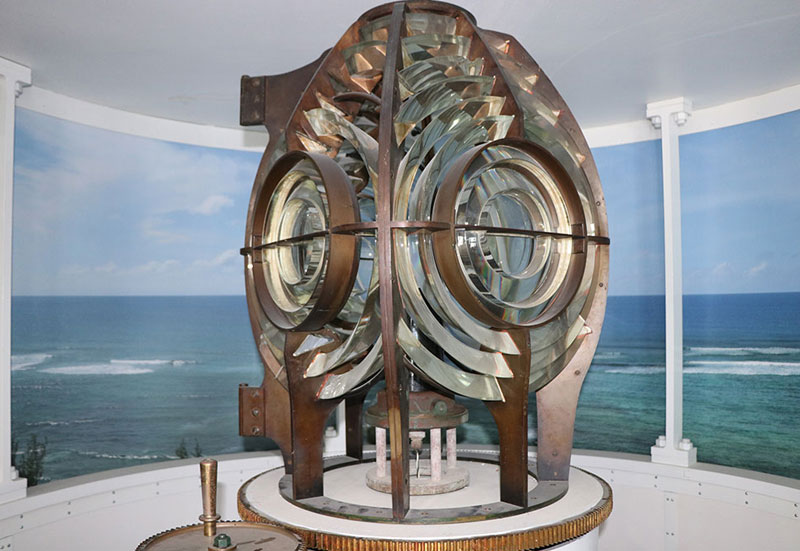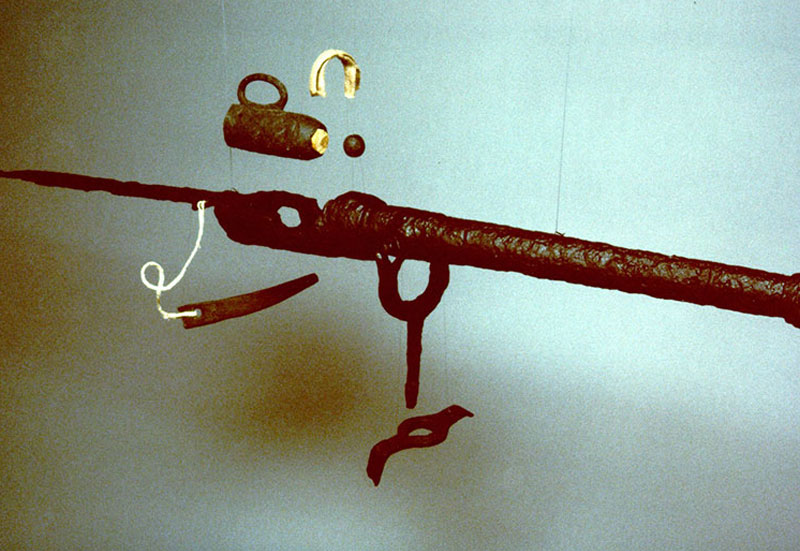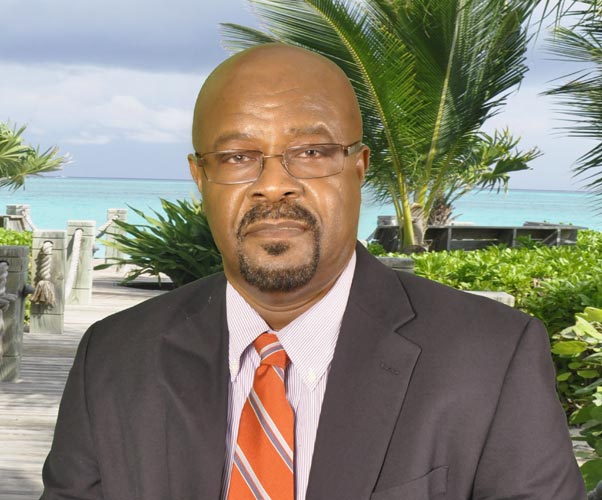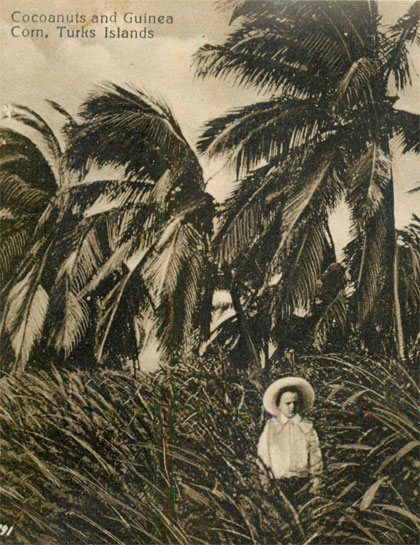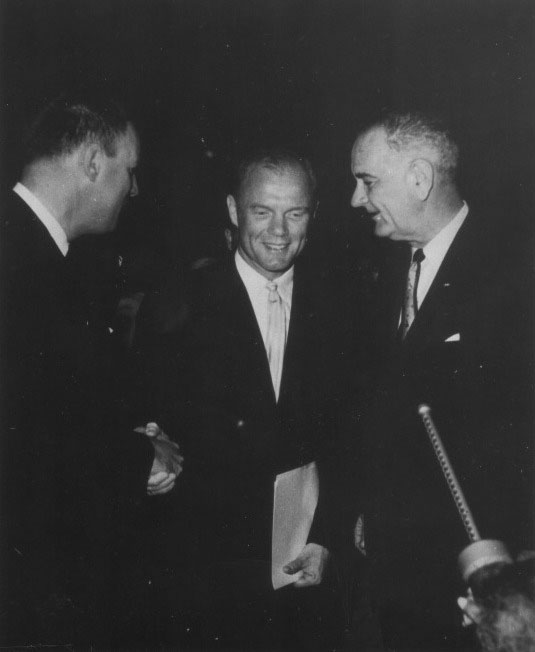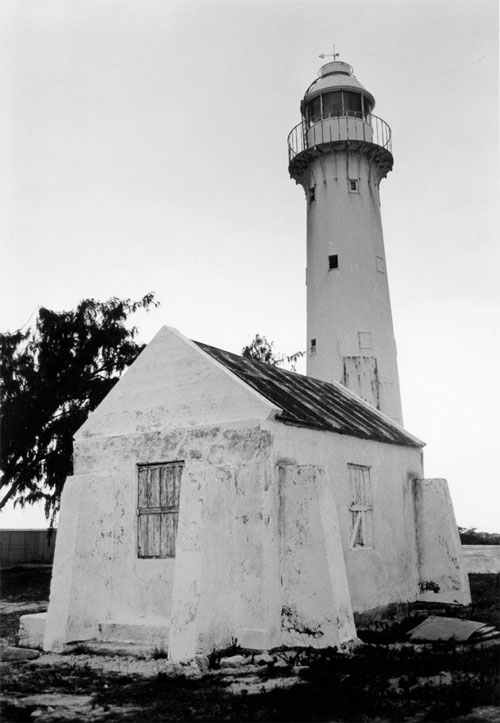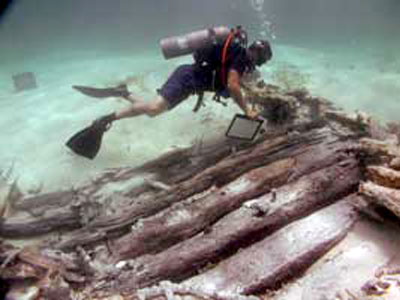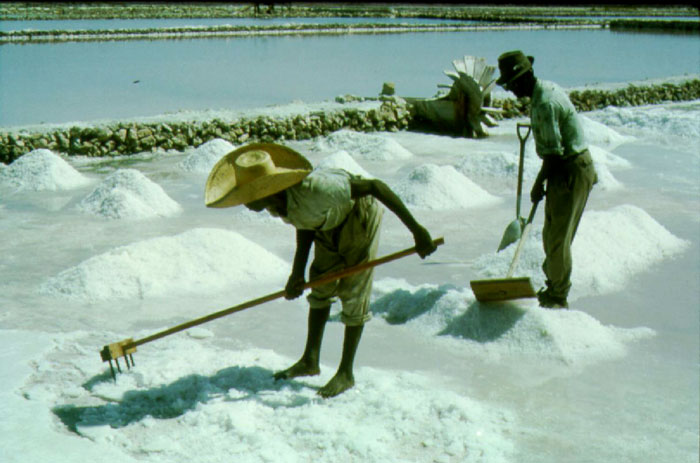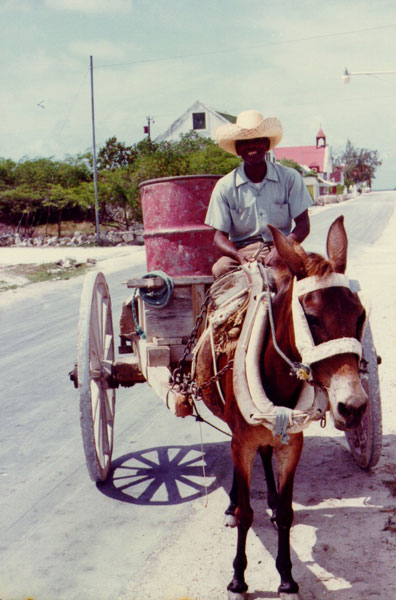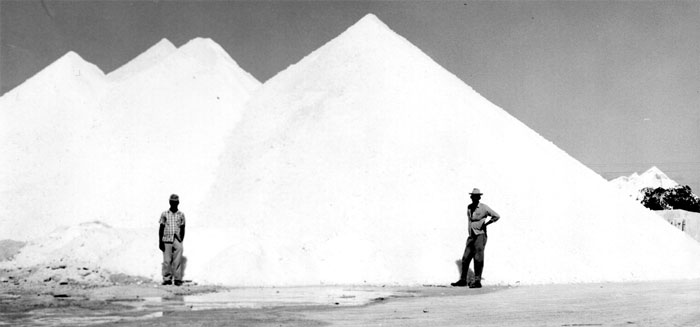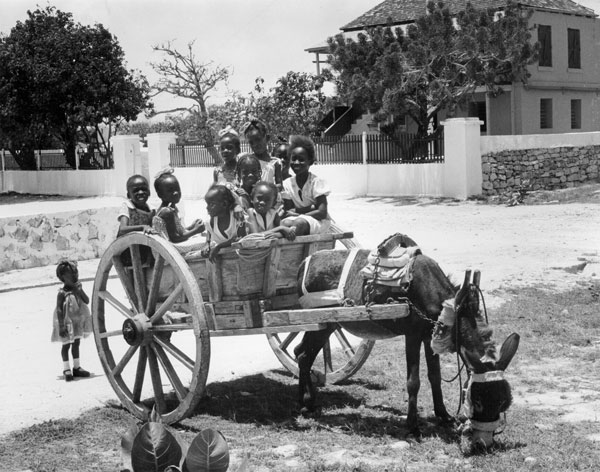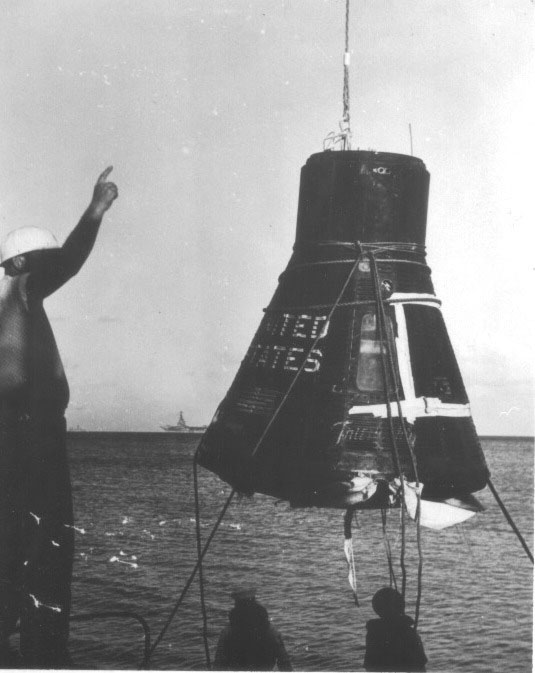Commemorative Stamps
Stamps Celebrating Golden Jubilee
One of the lasting legacy that the Museum assisted with was the production of three special issues of stamps to celebrate Queen Elizabeth II’s Golden Jubilee, these being produced by the Philatelic Bureau. The Museum provided images from its own collection and also helped by scanning images lent from private collections and which were to be used for the stamps.
The first set of 5 stamps covered past ‘Official Visits’. All are priced at 60 cents and cover the Princess Royal’s visit in 1960, Queen Elizabeth II’s visit in 1966 (both images supplied from the Museum collection), Princess Alexandra’s visit in 1988, Prince Philip’s visit in 1993 (supplied by the Museum) and Prince Andrew’s visit in 2000.
The second set of 6 stamps covered the 6 ‘Jubilee Themes’ and are all priced at 25 cents. ‘Our History’ was represented by a view of the crossing place trail on Middle Caicos, ‘Our Heritage’ shows Wades Green on North Caicos (image supplied by Museum), ‘Our Environment’ shows the reef, ‘Our Faith’ is represented by St Thomas’ Church (image supplied by Museum), ‘Our Culture’ is represented by a ripsaw band and ‘Our Talent’ shows a basket maker.
The third set covers ‘Significant Occurrences in a Decade’, with one stamp representing an important event for each of the decades of Queen Elizabeth’s reign. For 1952-1962 an image showing a salt raker was selected, for 1962 to 1972 the arrival of the Mercury capsule was selected (both of these images came from the Ted Philiponna collection), for 1972 to 1982 the Legislative Chamber was chosen to represent the introduction of ministerial government (photograph taken by the Museum) and for 1982-1992 a map of the Turks and Caicos Islands was chosen to represent the Quincentennial of Columbus’ landfall. However, the most important of this series is for 1992-2002 as it shows the Turks and Caicos National Museum, and represents the great work the Museum has done in protecting, promoting and developing the country’s history during its first decade.
First day covers and souvenir stamp sheets are available from the Philatelic Bureau on Grand Turk and for a limited time from the Museum. For more details on how to purchase stamps please contact us direct or the Philatelic Bureau on Grand Turk.
Stamps Celebrating Royal Events
The Philatelic world knows that the Turks and Caicos Islands have marked many important Royal events on their World famous stamps, as well as depicting royal portraits on many of the stamps. Below is a brief record of some of these stamps and events.
Royal Portraits
The first Royal Appearance on a local stamp was Queen Victoria whose portrait was the central feature of the earliest Turks Island stamps, first issued in 1867 and included 1 penny, 6 pence and 1 shilling. Different portraits were issued throughout her reign, such as in 1881 on the 4 pence and 5 pence stamps, but she never appeared on a Turks and Caicos stamp until after her death.
The first Royal to appear on a stamp issued by the Turks and Caicos Islands was King Edward VII. These stamps were issued in 1909 and his portrait was the central feature. George V’s portrait featured on stamps issued from 1913. There was a silver jubilee series issued in 1935 with his portrait and Windsor Castle.
Soon after coming to the throne George VI was making appearances on stamps. His first stamp was to mark his coronation, and appeared in 1937, showing his portrait on the right and his wife, the present Queen Mother, on the left. Further appearances included the series of the salt Industry and Raking salt issued in 1937 and in 1950. In 1946 his portrait along with Westminster appeared on a Victory stamp issue and in 1948 he and Queen Victoria shared a stamp to commemorate the 100th anniversary of the separation of the Turks and Caicos Islands from the Bahamas.
Queen Elizabeth II first appeared on a Turks and Caicos Islands stamp in 1955. The first full series was printed in 1957 and included a 1d stamp that just carried the portrait of Queen Elizabeth II whilst the rest of the stamps had her portrait along with a typical scene from the islands, such as a spiny lobster, flamingos or a Caicos sloop.
In 1967, to mark the centenary of stamp issues in the Turks Islands, Queen Elizabeth II shared a series of stamps with Queen Victoria
Queen Elizabeth II’s Reign
Throughout the last 50 years there have been several issues to celebrate the present Queen’s accession to the throne. In 1953 a special 2 penny stamp was issued to commemorate the Queen’s coronation. The Gazette of May 9th 1953 records that the stamps were to be released on 2nd June but “to ensure despatch on the first day of delivery, orders should reach the Postmaster on or before Tuesday 26th May, 1953” and “The Coronation stamps will remain on sale until the 31st December 1953, or until stocks are exhausted, whichever is the earlier”.
The most important of the issues was in 1977 when a special first day cover was printed to celebrate Queen Elizabeth II’s Silver Jubilee. In the following year (1978) two stamps were issued to celebrate the 25th anniversary of her coronation. In 1978 there was also an issue of stamps to mark the 25th anniversary of her coronation. These showed earlier monarchs, Queen Victoria (6 cents), Edward VII (10 cents), George V (25 cents) and George VI ($2) as well as Queen Elizabeth II ($2.50) in coronation regalia.
In 1992 a set of stamps were issued to mark the 40th anniversary of her accession to the throne. This included two $2.00 souvenir sheets: the first showing the Queen at the left and a boat at dock whilst the other shows the queen at the right in front of a shoreline.
In 1993 the 40th anniversary of her coronation saw stamps being issued which showed the chalice and paten from the royal collection (15 cents), official coronation photograph showing the Queen seated (50 cents), the coronation ceremony ($1), the Queen and Prince Philip (1.25) and a new portrait of the Queen ($2).
Wedding Issues
The first wedding celebrations to be recorded on Turks and Caicos stamps were issued in 1948 to mark the silver wedding anniversary of George VI and the present Queen Mother. These showed a portrait of King George VI stood behind his wife, both being in profile.
In 1973 the first weeding of one of the children of Queen Elizabeth II took place. Princess Anne, the Queen’s second oldest children, married Captain Mark Phillips and two stamps marked the event.
In 1981 there was a commemorative set of stamps to celebrate the wedding of Princess Charles and Lady Diana. The stamps included the couple (35 cents), Kensington Palace (65 cents) and Prince Charles (90 cents). In the same year some of these stamps were overprinted and became “Caicos Islands”.
The wedding of Prince Andrew to Sarah Ferguson was celebrated with the issuing of three stamps in 1986. These showed the couple (35 cents), Sarah in the coach (65 cents) and a close up of the couple ($1.10)
To celebrate Queen Elizabeth II’s 50th wedding anniversary with Prince Philip in 1997 a set of six 60 cents stamps were issued along with a $2 stamp with a wedding portrait.
Birthdays
The most common birthday issue of stamps covers the present Queen Mother. In 1980 she made an appearance on an 80-cent stamp to mark her 80th birthday and in 1990 a series of stamps (10 cents, 25 cents, 75 cents and $1.25) were issued to celebrate her 90th birthday. In 1995 four 50 cents stamps were issued to celebrate her 95th birthday. In 2000 the Queen Mother’s Birthday was marked with a special set of stamps for her 100th birthday, with the stamp souvenir sheet carrying the legend, “The Lady of the Century”.
To Mark Queen Elizabeth II’s 70th Birthday in 1996 three 80 cents stamps and one $2 stamp were issued. In 2001 the Queen’s 75th Birthday was also marked by a set of stamps.
Royal Visits
To mark the 10th anniversary of Queen Elizabeth II and Prince Phillip’s visit to the Caribbean in 1966, which had included the Turks and Caicos Islands, a special 20 and 25 cents stamps were issued. The central part of this stamp was the inclusion of a copy of the original 1966 stamp issued at the time of the royal visit. These original 1966 stamps were valued at 8 pence and 1 shilling & six pence.
In 1988 the visit of Princess Alexandra was marked with a set of stamps, one of which included her portrait in front of Government House.
Deaths
In 2001 a set of stamps was issued to commemorate the centenary of the death of Queen Victoria.
Probably one the saddest royal events to be recorded by a commemorative set of Turks and Caicos Islands stamps were those issued in 1998 to mark the life of Princess Diana who was tragically killed in a car crash in 1997.
